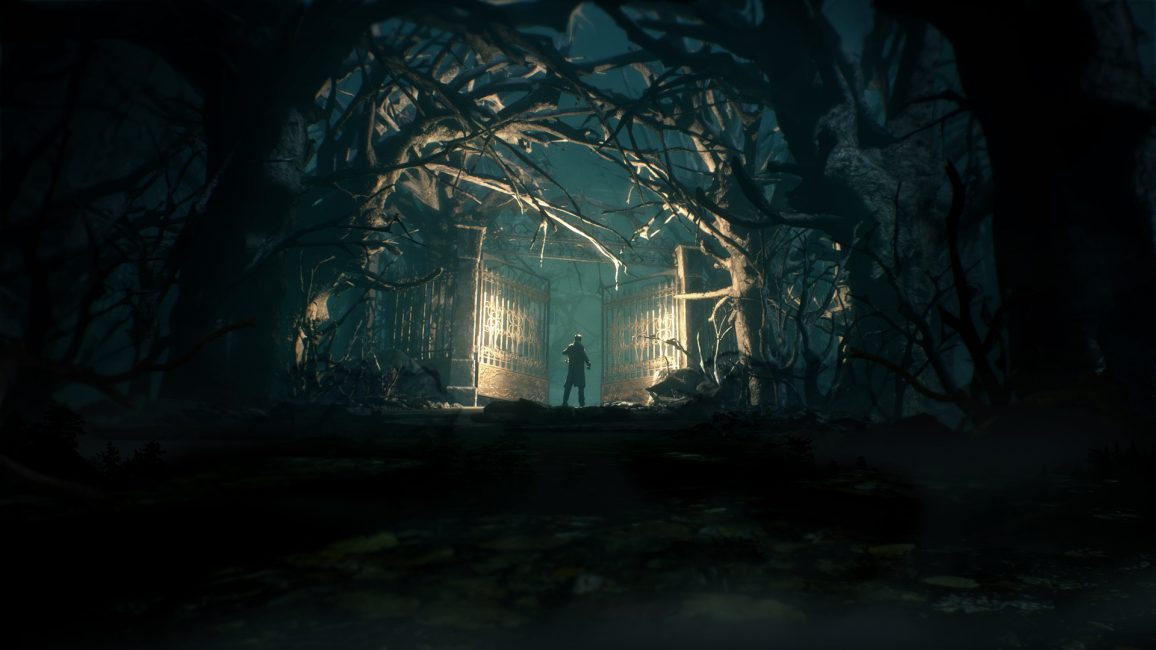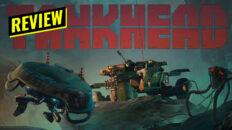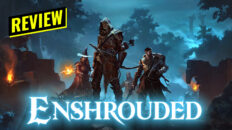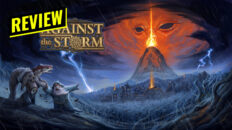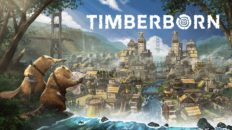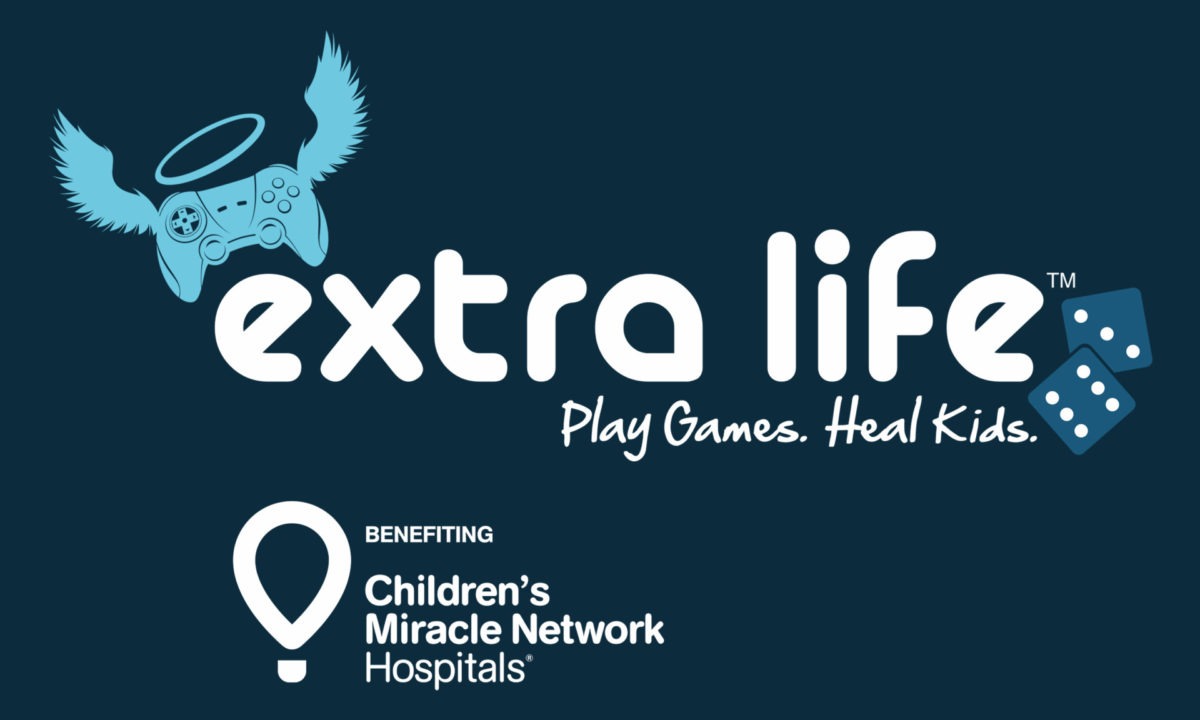Developer: Cyanide Games
Publisher: Focus Home Interactive
Reviewed on: PlayStation 4
Code Received.
Being an H.P. Lovecraft loving gamer doesn’t bear much fruit these days. As iconic as the writers’ works and worlds are, it’s remarkable how little they’ve been used on a commercial level in gaming. Sure, there are games that pay Lovecraftian debt, such as the Alone In The Dark series, the fairly obscure sixth gen ObsCure series and Alan Wake to name a few, but very few actual official games on a mainstream level. In fact, the last notable title was the 2005 Bethesda release Call Of Cthulhu: Dark Corners Of The Earth for Xbox. Indeed, since then the only consistent content based on his work are numerous Cthulhu-themed Flappy Bird clones. As a result, Cyanide’s Call Of Cthulhu: The Video Game has a great weight of expectation from fans.
On the surface, the game seems like yet another horror walking sim, but looks can be deceptive. Underneath, it’s actually a relatively in-depth investigative adventure RPG, with elements of stealth, and intermittent combat sequences. Focus Home Interactive have found themselves a nice little niche with period horror/mystery games such as Vampyr and the Frogwares developed Sherlock Holmes series, and if you’ve played and enjoyed those titles you will definitely be in safe hands here.

Interacting with the characters you come across with your rather deep dialogue wheel system is made more interesting by being restricted or boosted depending on how you manage your skill tree, broken down into a mixture of mental, physical and occult investigation techniques. Doing so opens up otherwise hidden dialogue choices, which often opens up a new story tangent. The game isn’t overly generous with skill points, and I was surprised by the things I missed early in the game by not following, say, the tree involving lock picking skills. For a title with a fairly linear shoe leather through line, there seems quite some scope for repeat play. Stealth and latter game light combat are functional rather than exemplary, but the real draw here is the narrative and investigative puzzling elements. When you take into account the branching, depending on choices you make, this should also stand up to multiple plays.
When I first booted up the game, graphically it didn’t work for me; from literally the first NPC you meet, you notice that there is something ‘off’ with the character models. Looking decidedly early last gen, the movements and reactions can sometimes resemble Thunderbirds puppets, with decidedly odd animations and lip sync that is eccentric at best. NPCs are also recycled far too much in a game that has so few characters. Cinematics fare better, but it’s very jarring. However, the actual environments themselves are fantastic, with great detail and lighting and exhibiting an incredibly damp, slimy and sodden lived in look that really ramps up the atmosphere and its a testament to them that they stand out despite the lacking quality of the NPCs. Sound also plays a great role here, with very unsettling ambient effects, an interesting score, and surprisingly engaging voice acting.

The real standout in the game for me is the narrative. Dialogue is well written, the well worn shaggy dog detective story is pleasing to ease you in, and once the more otherworldly elements kick in the eeriness and unsettling mood comes to bear. It’s not scary, per se, but it is suitably unsettling, surreal and eventually maddening, which is utterly authentic to the source material. If you are a Lovecraft aficionado, the story and lore will be manna from R’yleh. This game delivers a great mystery.
I was pleasantly surprised with Call Of Cthulhu. Despite some reservations early on regarding visual quality, it opened up into an atmospheric, engaging and often creepy descent into madness that gripped me enough to go through and immediately plan a second run. Highly recommended toward both narrative adventure fans and Lovecraft buffs.


